Ancient Greek-Style Bathhouse for Egyptian Military Found near Red Sea
Ancient Egyptians are renowned for their sense of cleanliness and hygiene, and bathhouses for therapeutic purposes have been found dating as far back as 2000 BC. In a brand-new discovery, archaeologists have discovered a 2,200 year-old bathhouse dating to the second half of the 3rd century BC in the ancient town of Berenice by the Red Sea.
The massive bathhouse consisted of two circular structures, called tholois, with fourteen bath tubs, which were fed water by two large water reservoirs connected to a well. The structure had access to both lukewarm and cold water, as well as a separate room for hot baths. Giovanni Battista Belzoni, a prolific 19th century Italian explorer and pioneer wrote of the multiple watering stations and resting places for caravans and travelers, alluding to the region’s water capabilities, which lasted into modern history.
Additionally, according to Marek Woźniak, assistant professor at the Polish Academy of Science’s Institute of Mediterranean and Oriental Cultures, a gymnasium was also possibly built to the west of the structure. She told Live Science via email that the entire structure was probably designed for the military stationed in the region, which was once populated by indigenous cave dwellers known as Troglodytai. Professor Woźniak specializes in researching remains from Berenice dating to ancient Egypt’s Hellenistic period, circa 323 BC to 30 BC, roughly coinciding with the deaths of Alexander the Great and Cleopatra VII. This was the peak of Greek architectural and social influence in the Mediterranean area of North Africa and Western Asia.
- Hygiene Through History: How Filthy Were Our Ancient Ancestors?
- First Ever Greek-Style Gymnasium Unearthed in Egypt
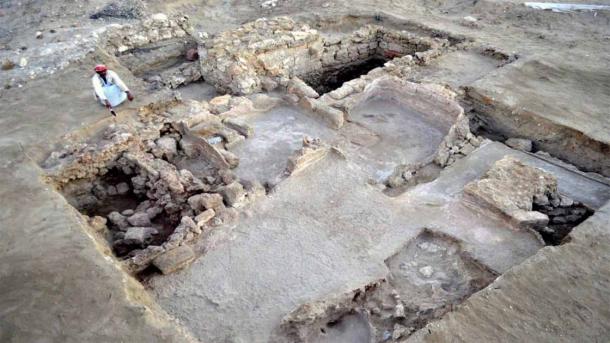
This Greek-style thermal bath found in Berenice, seemingly intended for military use, included fourteen tubs, as well as contrasting water temperatures (Steve Sidebotham)
Berenice: Center of Trade and Culture in Hellenistic Times
Berenice Troglodytica, also known as Berenike or Baranis, was founded in 275 BC by Ptolemy II Philadelphus, or Ptolemy the Great, son of Alexander the Great’s Macedonian general. He named it after his mother, Berenice I of Egypt.
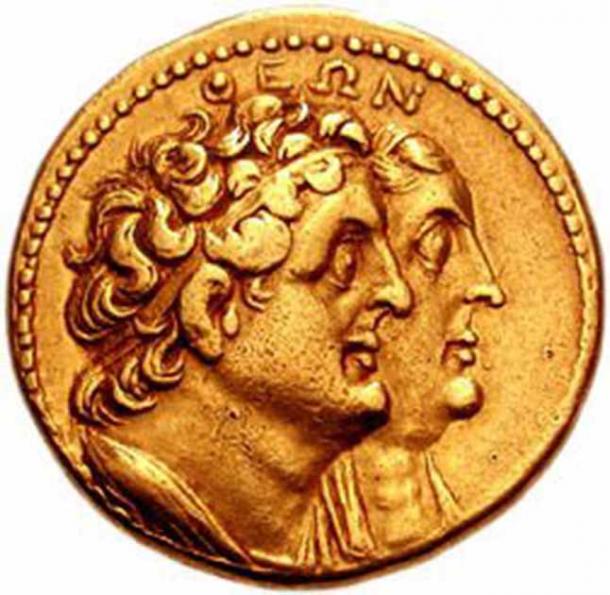
Portraits of Berenice I and Ptolemy I Soter on a golden octodrachm minted in Alexandria, circa 265 BC. (Classical Numismatic Group, Inc / CC BY SA 3.0)
At that time in history, Berenice was a very strategic location for the Greeks, particularly because of its proximity to the Red Sea. The baths had cascades of water flowing, and a huge military presence, acting as a hub for goods that were imported from East Africa, including war elephants. The region profited due to the patronage of Ptolemaic kings, safe anchorage, and its position at the eastern terminus of the main road from Upper Egypt.
- Asian and Nubian Influences Found In Ptolemaic Era Statues in Berenice
- Ancient Red Sea Port May Have World’s Oldest Pet Cemetery

2007 satellite photo of the strategic location of ancient Berenice in Egypt, abandoned after the 6th century AD. (Public Domain)
In fact, ancient Greeks like philosopher and historian Strabo, ventured to Berenice at the peak of its prosperity. Pliny the Elder and Stephanus of Byzantium also made the voyage to see for themselves. It lay at the center of trading routes that serviced Sri Lanka, India, Upper Egypt, and Arabia. A Greek merchant who lived in Alexandria at the time wrote of its trade and renown in the travel narratives Periplus of the Erythraean Sea.

The wealth that was coming into and passing through Berenice is evident from the remains. Selection of finds: (clockwise from bottom left) iron collar decorated with beads; bronze lion's protome from the Great Temple; two intaglios; painted ostrich eggshell fragments; bronze coin of Roman emperor Caligula (Steven Sidebotham and K. Braulińska)
The Bathhouse: A Military Station and Recreation Center
The bathhouse was used by those involved in military operations, including soldiers, ship crews, and all those connected with the armed forces. According to Woźniak, this implied the presence of mostly men in Berenice, who would have been connected to the military in some form or another.
The bathhouse served and provided a recreational purpose, a place to relax and unwind for the military personnel. Hellenistic bath houses served as models for future Roman thermal baths, and typically had adjoining gymnasia. The Greek baths were located right outside city centers; however, the Romans who came later would relocate these baths within the city, integrating the bath into the daily routine.
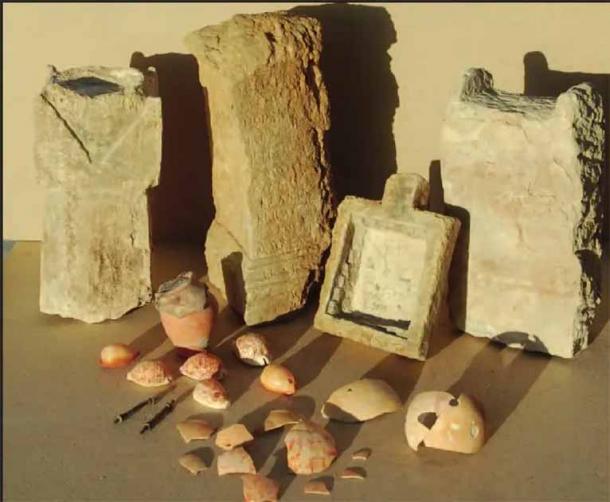
Selection of cult objects from a temple in Berenice, including incense altars, reused inscribed altar, temple pool, cowry shells, bronze rods, painted ostrich eggshells, pot with lid containing a votive deposit of lunate ornaments (Steven Sidebotham)
The recently discovered bathhouse was initially difficult to date, due to the absence of any written records, but material records helped solve the mystery. Coins and pieces of pottery were found that helped place the active years of the bathhouse, The Greek Reporter stated.
Under the tutelage of Woźniak, Mariusz Gwiazda (also from the IMOC) and Steven Sidebotham, a history professor at the University of Delaware, the team has made several finds at Berenice over the past few years. This includes a 2,300-year-old fort and a 1,700-year-old falcon shrine with a cryptic message inscribed on a stele. Excavations are ongoing, as well as analysis of remains, which will help shed further light on proceedings.
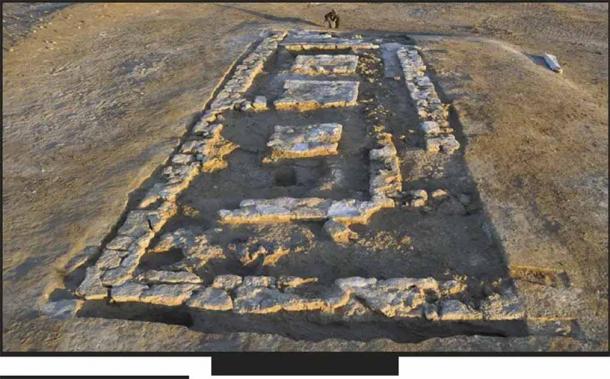
Berenice seems to have been primarily a military site, with several barracks found. The recently found Greek bathhouse in Egypt indicates this may have been a site of relaxation as well. (Steven Sidebotham)
Top image: The Greek bathhouse found in Berenice, Egypt may have been a center for rest and relaxation for the Egyptian military. Pictured: 1858 painting by Fyodor Bronnikov Source: Public Domain
By Sahir Pandey
References
Jarus, O. November 9, 2022. Greek bathhouse found in ancient Egyptian town by Red Sea. Available at: https://www.livescience.com/ancient-greek-bathhouse-in-egypt.
Mazonakis, S. November 10, 2022. 2,200-year-old Greek bathhouse discovered in Egypt. Greek City Times. Available at: https://greekcitytimes.com/2022/11/10/2200-year-old-greek-bathhouse-egypt/.
Simmons, J. November 13, 2022. Ancient Greek Bathhouse Unearthed in Egypt. Greek Reporter. Available at: https://greekreporter.com/2022/11/13/ancient-greek-bathhouse-unearthed-egypt/.


















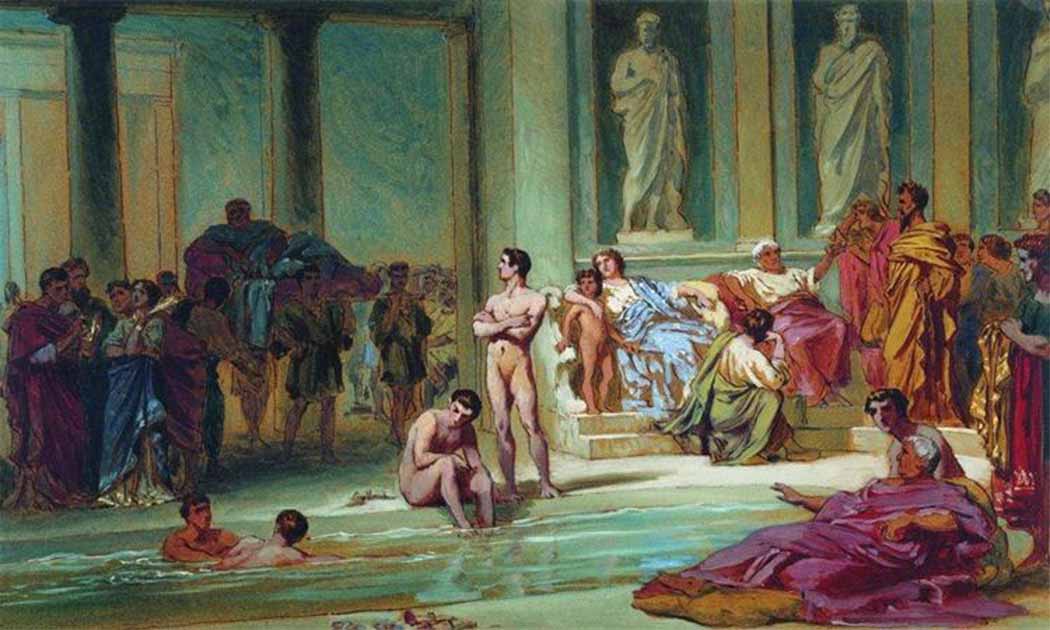

Comments
I hate to become the broken record, but there’s no way this complex was built during the Roman era. For one, Pliny or Tacitus or some ancient writer like that would have at least mentioned, given a name to a place owning something of that quality. Two, something like that would never be just abandoned and left to very, gradually (i.e., centimeter per year) get covered with the sand/dirt of time. So again, we must be looking at a work of the doomed Atlantean era culture. Makes you really wonder what lies under the Richat Structure.
Nobody gets paid to tell the truth.